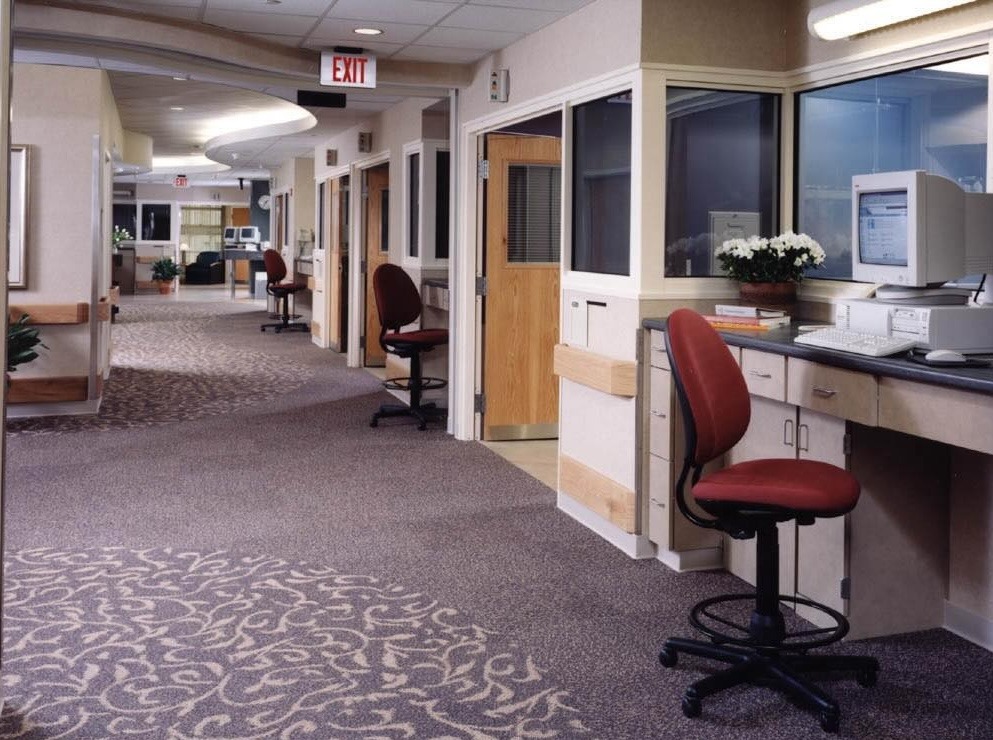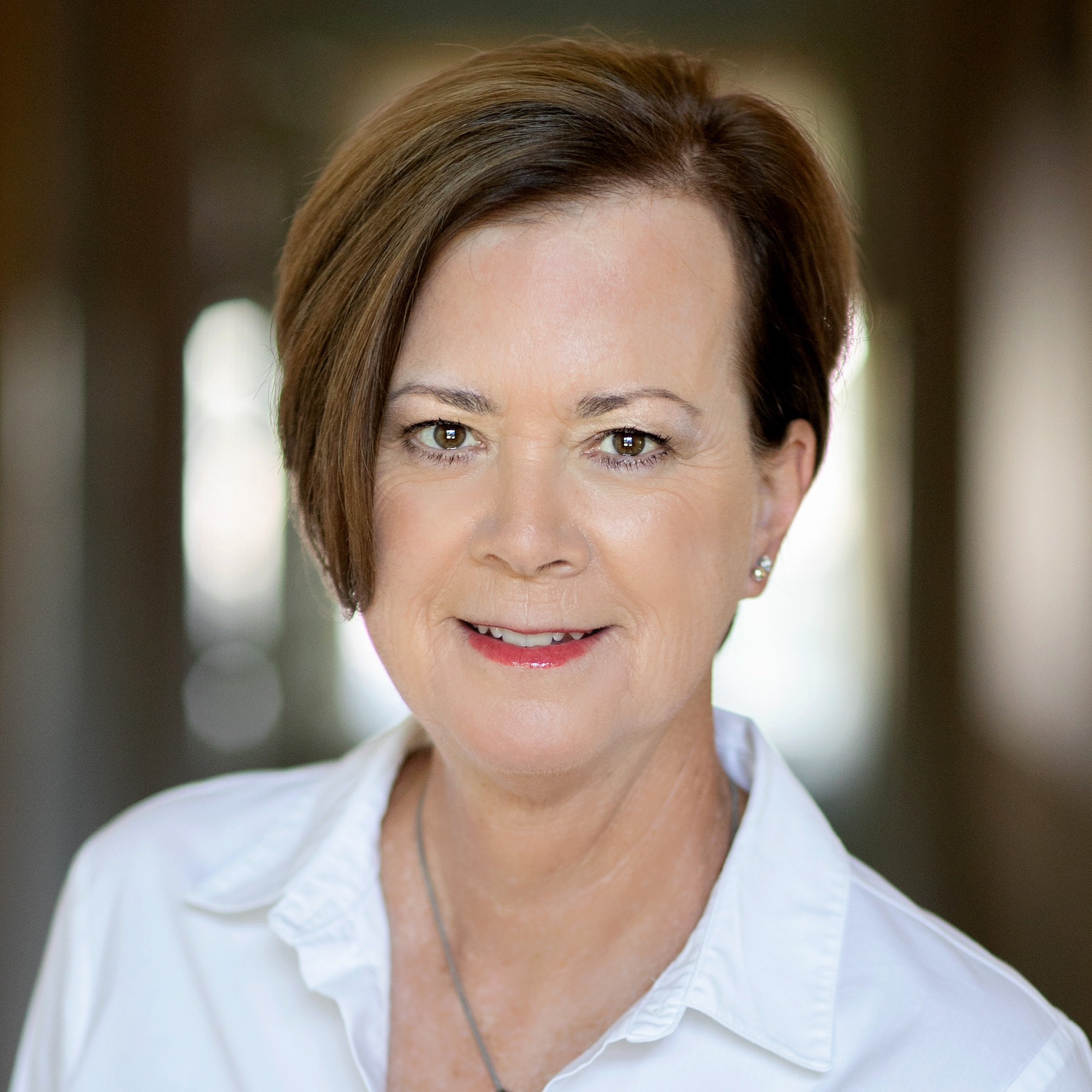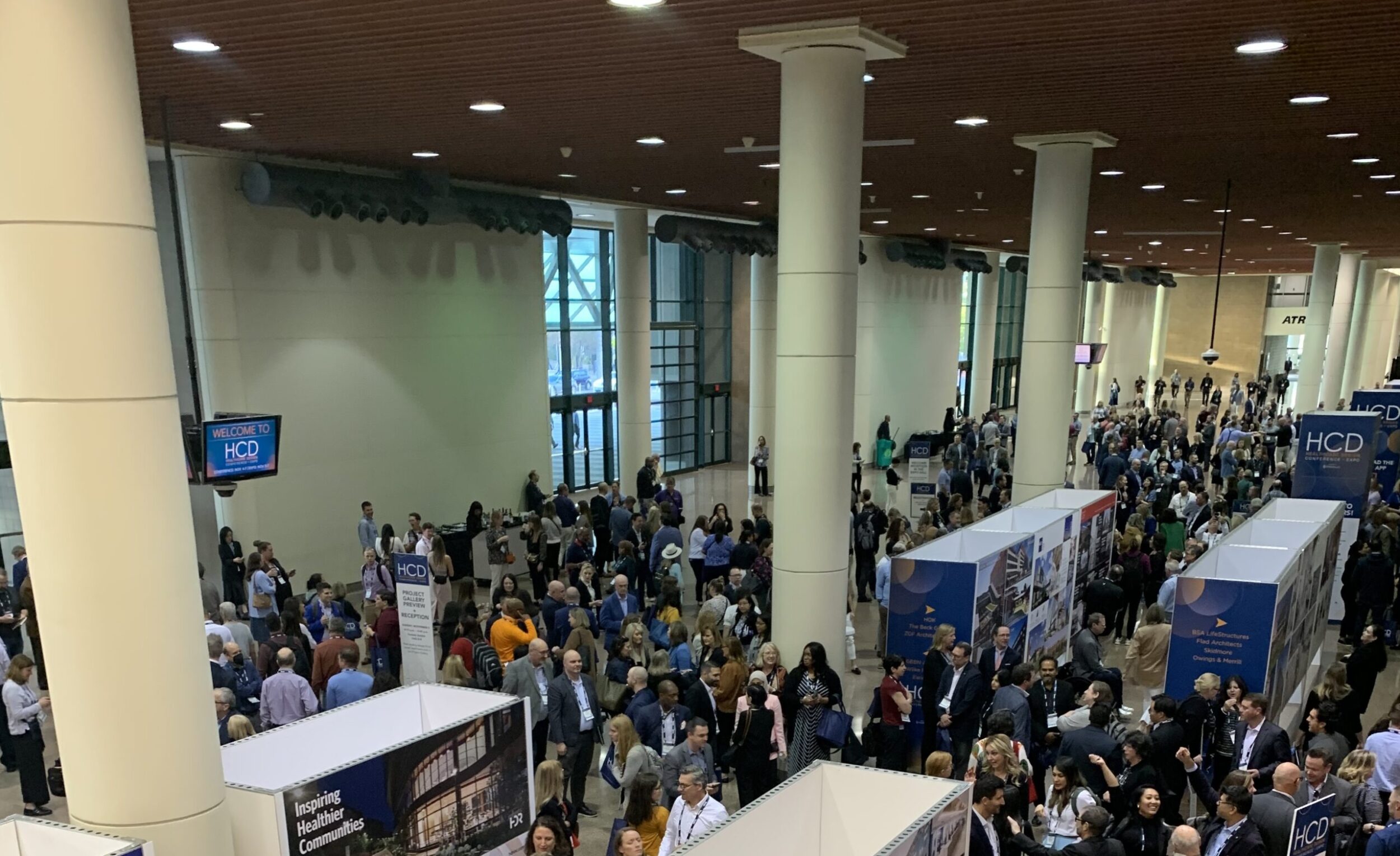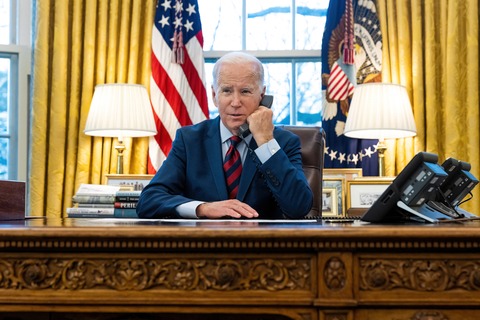
A few weeks ago, Sheila Cahnman and I spoke to a standing room only crowd at the Healthcare Design Conference + Expo about the trends and fads that have impacted healthcare facility design and construction over the past 20 years.
Thank you to all of you who attended. Sorry some of you had to sit on the floor.
Because we only had an hour, we shared a few of the most significant design innovations that were short-term fads and lasting trends in these four categories: Patient & Staff Safety, Efficiency, Patient Experience, and Staff Experience/Satisfaction. We also spoke about emerging design responses that may become trends.
The criteria we presented for evaluating trends is (in no particular order):
- Evidence based and/or researched informed
- Operationally efficient
- Improves clinical outcomes
- Cost and schedule positive
- Long term ROI
- Flexible/adaptable
And for a design innovation to become a trend, it doesn't have to meet all six criteria. Here are a some of the fads and trends from the past 20 years we discussed.
"Safe by Design" Patient Rooms
Remember these? Designers were trying to show that physical design of patient rooms could directly influence adverse events by adding design features such as:
- Nursing cockpits between rooms that directly faced the patient (not noting that staffing ratios on acute care units are not 1:1).
- Moving toilet room doors closer to patient bed to reduce falls, but not understanding furniture elements in the way or how IV poles are tethered.
- Designing same handed rooms, which are great for modularity and sound attenuation, but not proven to reduce medical errors.
Standard practice now is to design for fall prevention in patient rooms by including night lights, visibility from central core, additional grab bars, and sliding doors for toilets
Highly Designed Patient Room Sinks
The theory here was that if you emphasized the the design and location of patient room sinks by using special lighting, and wall and/or flooring patterns, it would encourage handwashing. It didn't really work, so most hospitals now have alcohol solution and glove dispensers near sinks or at the entrance to rooms.
Recent studies have shown the potential for bacteria growth in water locations, so many now are even questioning the need for patient room sinks at all.
Private Offices
Private offices are nice, right? Physicians and managers like to have 'em.
But they take up a lot of valuable real estate. And the pandemic showed us that we don't have to be an office all the time to do our work.
The current trend, which will likely become standard, is to "right-size" hospitals, including removing or reducing private offices, providing hoteling spaces, and offering telecommuting options for administrative staff.
Customized Interiors
Twenty years ago, interior design was very customized, sometimes with totally different looks and materials per department. A healthcare designer's dream, right?
While often beautiful and patient focused, these designs forced hospitals to stock many types and colors of finishes and learn how to maintain them correctly.
As the number of healthcare systems grow, a continuing trend to standardize the look of sister facilities to solidify their brand for customers. The standardization of furniture, fixtures, and equipment reduces maintenance and repair costs, allowing for more economic and efficient operations.
Standards also create an economy of scale that increases purchasing power and deep quantity discounts. Interior design standards are an HR benefit, as they ensure that workspaces are consistent for all employees, regardless of title.
Indoor Gardens, Water Features, Aquariums
Access to nature through indoor gardens, water features, and live aquariums were also fads. Maintenance was difficult for both and we realized that water features were a health hazard because they can spread waterborne organisms that cause Legionnaire’s disease and other infections.
Standard practice is to have large windows in exam and patient rooms, nature themed art, and outdoor spaces to provide patients and staff with access to nature and fresh air.
Biophilic design principles that integrate nature-inspired elements are also standard in many healthcare interiors today. This includes using fractal patterns in textiles, flooring, decorative elements; as well as the use of wood and curved shapes.
Family Kitchens
And who can forget about the impact Planetree had on the design of healthcare environments? Many of their ideas about patient units, such as lower counters at nurse stations and incorporating artwork, have become standard practice.
But things like family kitchens on units -- touted for their benefits to support family members and provide calming smells like chocolate chip cookies baking, have not. They proved to be problematic because clinicians couldn’t control the nutritional needs of patients due to the fact that family members were bringing in food.
Emerging solutions for family amenities include privacy booths for family members to make phone calls or work while waiting; as well as and sensory rooms to help reduce stress for patients and families.
Decentralized Nurse Stations
While decentralized nurse stations were developed to bring nursing care closer to patients, practical challenges related to communication, collaboration, efficiency, safety, and staff well-being have led to a shift back to more centralized or hybrid models.
For example, when nurses are spread out in smaller, separate stations, it becomes more difficult to share critical information, provide support, and coordinate care effectively. Decentralized stations can also lead to feelings of isolation and reduce opportunities for immediate peer support and mentorship, which can affect morale and job satisfaction.
Interior Staff Break Rooms
Staff break rooms have traditionally been interior spaces with a few tables and chairs and no windows. Standard practice is heading toward exterior break areas with windows and comfortable seating that encourages social interaction.
Also called respite rooms, Tranquility Rooms are an emerging trend in hospitals because they provide a practical and meaningful way to support the mental health of staff, reduce burnout, and promote overall well-being. In many cases these are repurposed spaces, like the chapel that was converted to a staff respite room at AdventHealth in Winter Garden Fla.
And while these types of rooms are trending, for them to be used, staff will only use them if the culture supports it. Because nurses often don’t want to leave their patients for fear that something will happen while they’re gone or they’ll get behind in the work.
Another staff amenity that's emerging are the Apple store-inspired "genius bars" where staff can get help with technology and equipment, as well as Amazon lockers in offstage areas for staff to receive packages safely. The Ohio State University Wexner Medical Center’s new inpatient tower, expected to open in 2026, is going to have one.
On Stage/Off Stage Design
This concept came from Disney, where you never see any of the offstage production while you're in its theme parks (Mickey just appears out of nowhere!).
While this concept has its merits in creating more patient-centered environments, the complexities and dynamic nature of healthcare delivery made it less effective in hospital settings. For example, it often resulted in longer travel distances for staff, making it harder to provide timely care or transport equipment.
More physical space was also needed to create separate pathways and entrances for patients, families, and staff – which increased construction costs. Also, healthcare managers realized that the presence of staff is important to patients and families. They want to see them doing their job.
Emerging Design Responses to Current Healthcare Topics
We wrapped up our presentation with some ideas about emerging design responses to some current healthcare topics, such as technology, access to care, and being a better corporate citizen. I'll write about them in a future blog post.
Bottom line? A fad is sometimes an overreaction to the healthcare issue "du jour." Applying the criteria listed about helps qualify trends vs. fads.
And there will always be unknown factors. The ultimate test is the test of time.
P.S. Please do me a favor -- if you liked this post and like this blog, please share it with others by sending them the link or posting it on your LinkedIn, X, or Facebook. Also, don't forget to subscribe, so you'll get emails when new content is posted. Thanks!
Photo: Cardiovascular Comprehensive Critical Care Unit, Methodist Hospital/Clarian Health Partners; designed by BSA.





